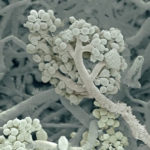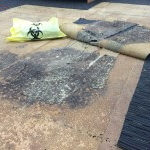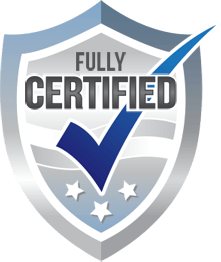Why mould grows indoors
Mould growth results predominantly from water damage, leaking pipes, roof leaks, air conditioner contamination, flood damage, sewage overflow, rising damp, poor air circulation & high humidity. Left undetected mould growth occurs quickly feeding off natural fibres & building products, such as carpet linings, timber & other building materials. Most occupants clean the superficial visible growth, often referred to as ‘black mould’ whereby viable mould growth or colonies in undetected areas will continue to release spores into the indoor environment that contaminates other areas & effects human health.
Insurance Claim or Natural Disaster
Mould is predominantly caused by excess moisture & active colonies of mould spores contaminating a structure, that can be contributed to a natural disaster, damaged structures or biological hazards. Mould related claims are quickly becoming a concern for insurance providers worldwide as secondary claims for contamination & mould related illness is costing billions of dollars & most importantly lost lives due to inappropriate drying of wet materials, removal of contaminates, assessment of mould & restoration methodology. Contact your provider to discuss your individual circumstances for peace of mind.
Where to find mould
Common areas for mould growth consist of both visible & hidden locations, where most people treat obvious contamination without considering discrete areas. If mould returns after cleaning external damage, growth is likely to be hidden, under carpets, in walls, roof spaces, air conditioner units & ducts, sub floors, or inside cupboards & fixtures.
Testing Services
Blueys Cleaning Solutions utilize ATP (Adenosine triphosphate) monitoring to gain an appreciation of contamination levels in a structure. ATP test provide instantaneous results of pathogen levels in structures or surfaces to assist the technician with determining the extent & potential hazards that exist for occupants.
In conjunction with property examinations, moisture evaluations & external assessments we are able to offer a thorough remediation plan to solve mould related issues. In severe cases an Indoor Air Quality Hygienist (Industrial Hygienist) may be required to assist with remediation plans & final assessment.
For further information on mould related illnesses contact your local health physician to discuss your concerns.
At the end of the day, you don’t have to put up with the routine of running around & cleaning those unsightly mould stains that just keep coming back. Knowing that this is a sign of a serious level of mould growth & contamination that can lead to prolonged medical conditions, shouldn’t you contact a professional ? Give you local Bluey’s technician a call today, for peace of mind.












